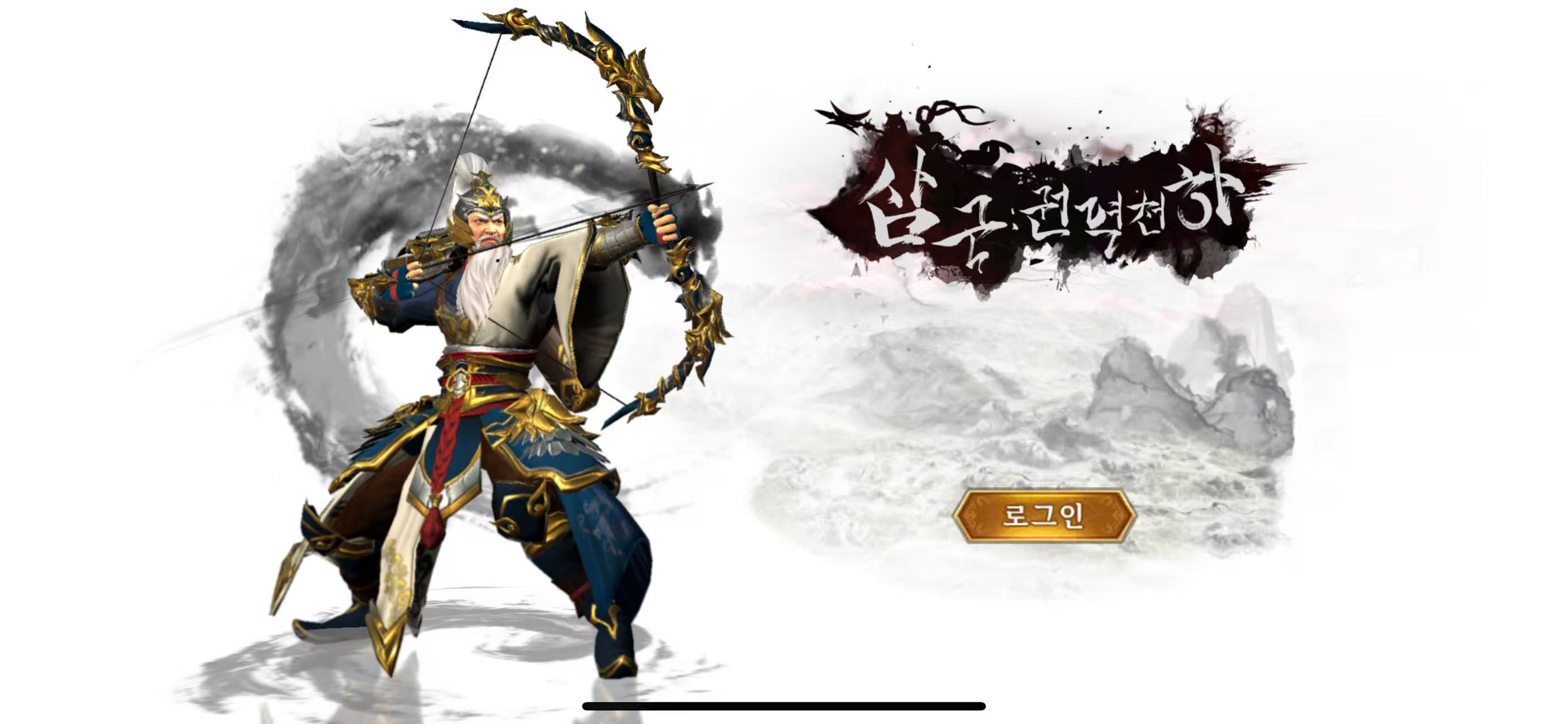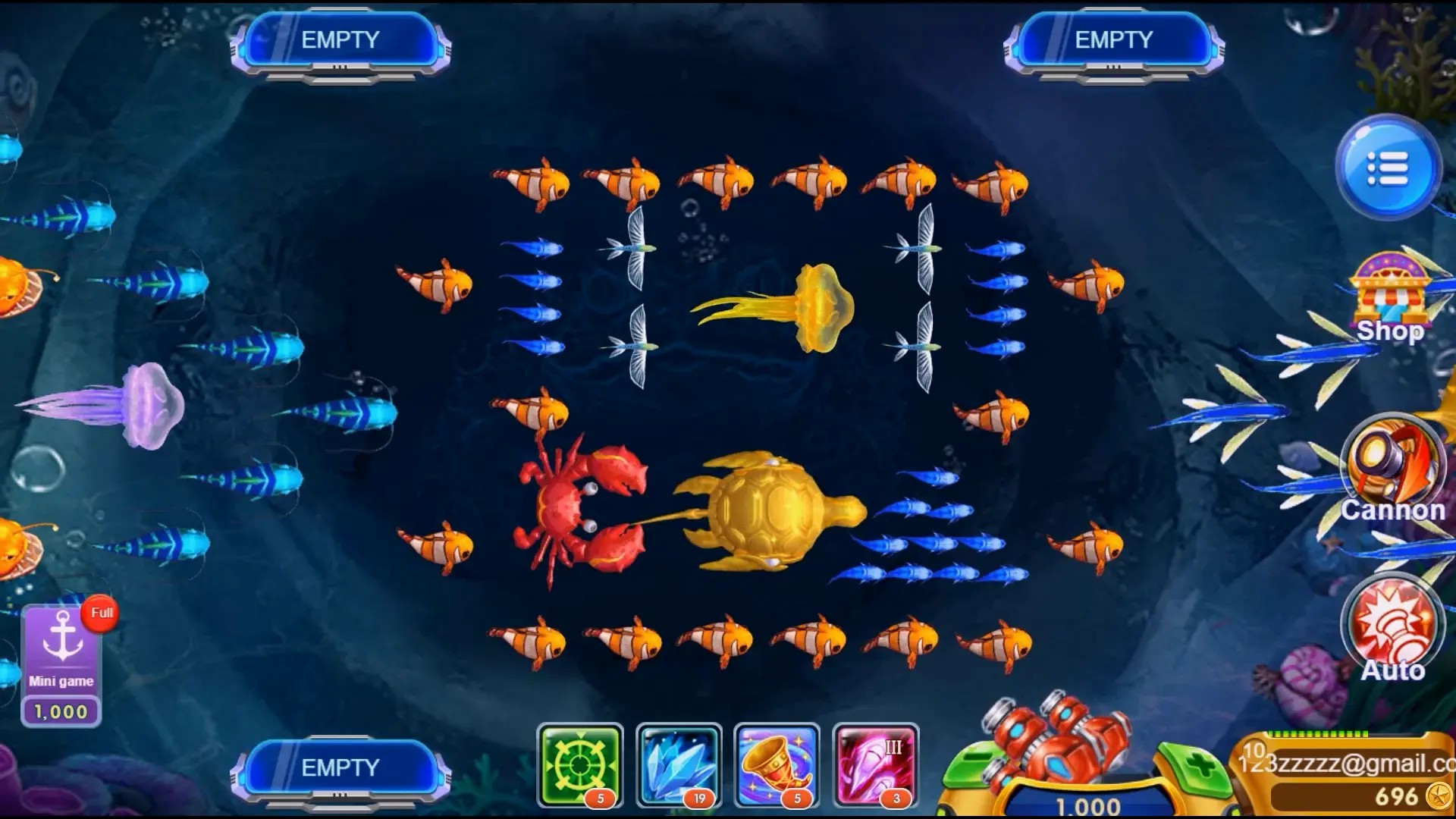Unlocking Imagination: How Sandbox Games Redefine Creative Gameplay
In recent years, sandbox games have emerged as a dominant force in the gaming landscape. These games represent a unique category that allows players to exercise creativity and freedom in ways traditional games often do not. By combining elements of exploration, construction, and problem-solving, sandbox games are redefining what it means to play creatively. This article will dive deep into the world of sandbox games, discussing their features, significance in the gaming community, and their implications for future creative gameplay.
The Essence of Sandbox Games
At their core, sandbox games are about choice. Unlike linear games with set objectives, sandbox games provide players with an open-world experience. This freedom encourages exploration, experimentation, and imagination. Popular titles such as Minecraft and Roblox allow players to build vast worlds, interact with other gamers, and even create their own games within the game. But what makes these games so appealing?
Key Features of Sandbox Games
- Open Worlds: Large, explorable environments with no strict time limits.
- Construction Mechanics: Tools enabling players to build structures, vehicles, and even entire cities.
- Community Interaction: Players can share creations, collaborate on projects, and compete in challenges.
- Dynamic Systems: Environmental changes that respond to player actions, enhancing realism.
The Appeal of Creative Gameplay
Creative gameplay is more than just fun; it’s a way for individuals to express themselves. Sandbox games have become platforms where players can unleash their creativity and think outside the box. The phrase “you never go full potato” often rings true in these environments, illustrating how players often push boundaries creatively. In what ways do sandbox games facilitate this expression?
Community and Collaboration
One of the standout features of sandbox games is the sense of community they foster. Players often collaborate to create intricate worlds or assist one another in achieving personal goals. This communal aspect of sandbox gameplay fuels creativity by allowing players to draw inspiration from one another. By exploring what others have created, players can gather ideas and techniques to implement in their own games. A perfect example of this is the popular title Roblox, where users continuously upload new games for others to enjoy, all built using the same foundational mechanics.
Educational Benefits of Sandbox Games
Beyond entertainment, sandbox games play a significant role in education. Many educators are beginning to recognize the potential of these games as learning tools. They promote critical thinking, problem-solving, and even strategic planning. For instance, games like Minecraft: Education Edition have been successfully utilized in classrooms to engage students in subjects such as mathematics, geography, and history, while still providing a platform for creativity.
The Role of Sandbox Games in Psychological Well-being
In addition to fostering creativity, sandbox games can also offer psychological benefits. These environments provide a space where players can escape from reality, reduce stress, and manage their emotions. Crafting, building, and exploring at one’s own pace can cultivate a sense of accomplishment and satisfaction. Furthermore, players get to set their objectives and redefine success according to their own standards.
Challenges and Restrictions
Despite their many benefits, sandbox games do present challenges. Players unfamiliar with the mechanics may find themselves overwhelmed. Even within creative spaces, the absence of structure can hinder individuals with more traditional gaming backgrounds. Some players struggle to engage with open-ended gameplay, feeling lost without set goals. Balancing freedom and guidance remains an ongoing challenge for developers.
How EA Sports FC 25 PS4 Fits into the Sandbox Category
While primarily a sports simulation game, EA Sports FC 25 on PS4 integrates sandbox elements through its Ultimate Team mode. Players can build their teams, strategize their plays, and design their in-game experience, allowing for a degree of creativity typically absent in traditional sports games. With card collection and a focus on customization, it provides a hybrid experience that can appeal to fans of sandbox-style competition.
The Future of Sandbox Games
As technology continues to advance, the future of sandbox games looks promising. Virtual reality (VR) and augmented reality (AR) are beginning to make their way into this genre, creating even more immersive experiences for players. Developers are increasingly experimenting with cross-platform capabilities, which could expand the reach and impact of these games. Future releases are likely to continue pushing the boundaries of creativity in gaming.
Conclusion
Sandbox games have transformed the gaming landscape, offering players the opportunity to unlock their creativity in unprecedented ways. As this genre continues to grow, it is essential to recognize the impact it has on players' lives—mentally, socially, and educationally. The blending of imagination and gameplay not only creates engaging experiences but also fosters a community built on collaboration and exploration. Whether through classic titles or new innovations, sandbox games are undoubtedly here to stay, redefining what it means to play creatively.
| Feature | Description |
|---|---|
| Open Worlds | Allows exploration without limitations. |
| Construction Mechanics | Tools that enable players to create structures. |
| Community Interaction | Opportunities for collaboration and competition. |
| Dynamic Systems | Environment reacts to player actions. |



